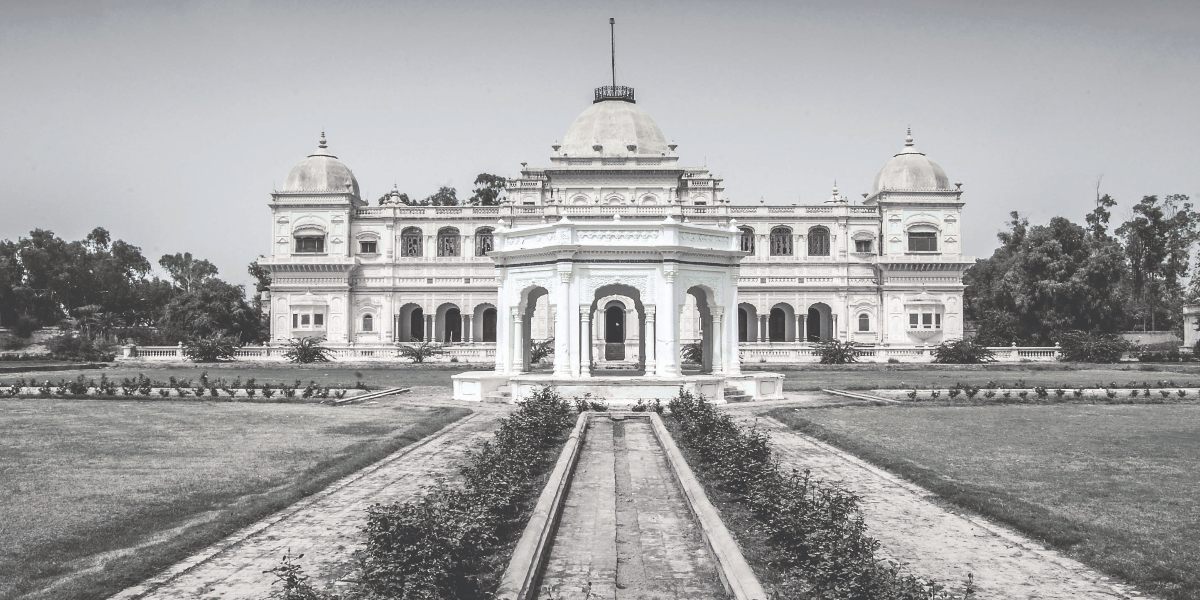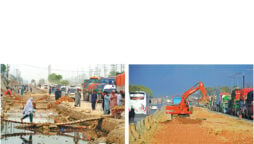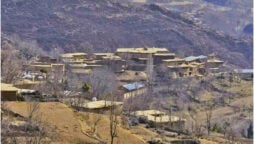Synopsis
The present edifice of Sadiq Garh palace, despite desolation, signifies the glory of this grand residence

The present edifice of Sadiq Garh Palace, despite being in a state of complete desolation, signifies the glory of this grand residence’s past.
It was once an elite building of residential and political significance. This magnificent monument is among the marvellous palaces built by the Nawabs of Bahawalpur state. It was constructed on the orders of Nawab Sadiq Muhammad Khan IV in 1882.
It was completed at a cost of Rs1.5 million at that time and it took 10 years to complete this historic palace. This majestic palace was designed in Italian architectural style. This spectacular palace was the hub of political activities and eminent world political figures and nobles used to stay in this palace.
The political significance of this splendid structure can be assumed by the list of elite guests who were hosted by it. The notable personalities include Quaid-e-Azam Muhammad Ali Jinnah, Reza Shah Pahlavi of Iran and Lord Mountbatten. This historic residence — one of the biggest royal palaces of Bahawalpur State — is located in Dera Nawab Sahib to the east of Ahmad Pur tehsil of Bahawalpur district. This wonderful palace covers a total area of 125 acres.
There is a huge and strong entry gate constructed with architectural sophistication. The main building of the palace consists of three floors. This building has one colossal dome beside two smaller domes on both sides. The palace is surrounded by a huge fence wall aligned with the help of bastions to keep the wall intact and strong.
To accommodate the guests belonging to different ethnicities and cultures, the palace had 120 rooms, each one of them designed with distinguished culture and theme to give the guests a feel of their homeland during their stay.
The palace had different varieties of fruit trees, the purpose of which was to provide fresh fruits for the guests and the people of the palace. The rooms had curved and arched entryways and windows decorated with elegant art. The rooms were very palatial with attached bathrooms beside walk-in closets. The roof of the rooms were embellished with gold ceilings.
The rooms and the other parts of the palace were designed in such a particular way to ensure the crossing of fresh air and availability of sunlight within the palace. The hallways were well lit and enormous chandeliers were installed in the main hall as well.
The walls were varnished with art. The gigantic pillars were equipped with gold stripes. Interior of the palace also had a Turkish hall beside the conference room. Two vintage elevators were also installed to facilitate the guests and Nawabs for going up and down in a three-storey palace.
There was a resplendent dining hall in which guests were offered delicious foods. A harem for ladies with beautiful craftsmanship was also constructed. There was a huge main hall in which the Nawab used to hold his durbar and listen to the state of affairs.
Throne of the Nawab is still present in the main hall. One large mirror beside two smaller mirrors were installed behind the throne of the Nawab which are still present in the main hall. The roads within the premises of the palace were equipped with light poles.
There was a basement in which it is said that the bank of the State of Bahawalpur used to be where the wealth of the entire state was accumulated. There were secret pathways leading to the other palaces of the state from the basement as well.
The palace had a state secretariat building in which affairs related to the State of Bahawalpur were discussed. Moreover, a beautiful mosque with three domes present in the compound of the palace tells the story of its architectural marvel.
The mosque floor was decorated with beautiful marble tiles. The sophisticated design of the mosque portrays the architectural genius. The names of the four caliphs of Islam are also written in the mosque. For almost 150 years, Ghilaf-e-Kaaba was formulated in Bahawalpur and the Ghilaf used to be displayed over the grand court of Sadiq Garh palace.
The palace also had beautiful mirror-like gardens which featured beautiful flowers and fountains. There is a 12-window building in the centre of the garden. Sadiq Garh palace is often referred to as ‘white palace’ as well because its exterior is decorated with pure white marble.
This place contains a theatre, an exercise room, water filtration, telephone exchange, massive parking for expensive cars, armour factory and a workshop for vehicles. Nawab Sadiq Muhammad Khan IV was very fond of expensive and valuable vehicles; he had a massive collection of the world’s top cars of that time. After the demise of the State of Bahawalpur, these vehicles were mostly sold at auctions or taken away by relatives.
Unfortunately, after a dispute erupted among the family for the distribution of wealth and assets, Sadiq Garh palace among other vintage buildings of Bahawalpur State were sealed. Due to which the palace went into a state of complete decay and deterioration.
After the government sealed and took control of the palace, the safety and protection was neglected immensely and as a result, many valuables were allegedly stolen. These stolen items included furniture, valuable paintings, chandeliers and other masterpieces. The paint on the walls had almost vanished.
The lampposts on the street of the palace are broken and the garden looks like a jungle. Cracks have appeared on the floor of the palace. The Supreme Court after almost 40 years of the dispute ruled to distribute the property among the 23 legitimate heirs of the Nawab of Bahawalpur. This magnificent palace which was once famous for its splendour has today been transformed into a haunted bungalow.
If the government takes notice of this diminishing national heritage, it could be restored to its original condition with proper maintenance and protection. This historic heritage of Pakistan can be developed into a tourist attraction. The excellent craftsmanship of the structure of this palace appeals to thousands of tourists from around the world. Shah Zain, a local resident, told Bol News that these monuments are our heritage and they must be protected at any cost. They can be transformed into an elegant tourist spot, which can be very beneficial for local business as well.
Speaking to Bol News, Faizan, a visitor at the site, stated it is so sad and heart-breaking to see that what was once a symbol of class and elegance is in an advanced stage of decay and decline.
Catch all the Breaking News Event and Latest News Updates on The BOL News
Download The BOL News App to get the Daily News Update & Live News.












 Read the complete story text.
Read the complete story text. Listen to audio of the story.
Listen to audio of the story.